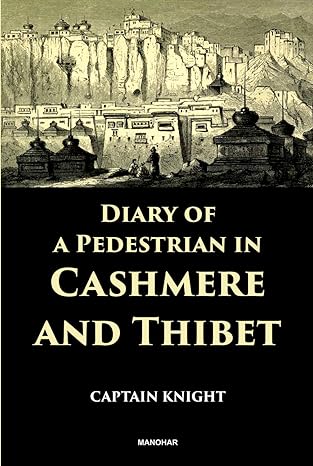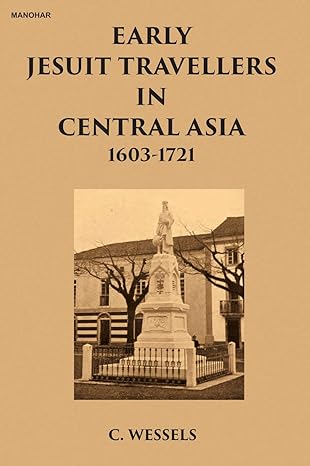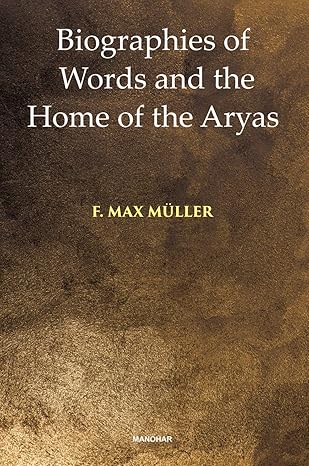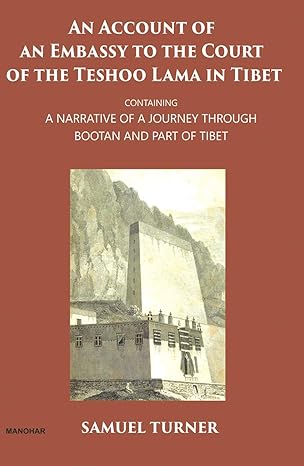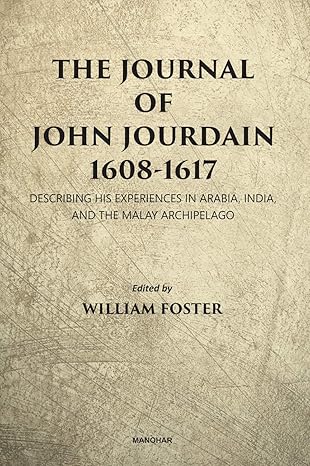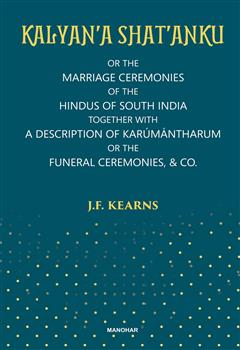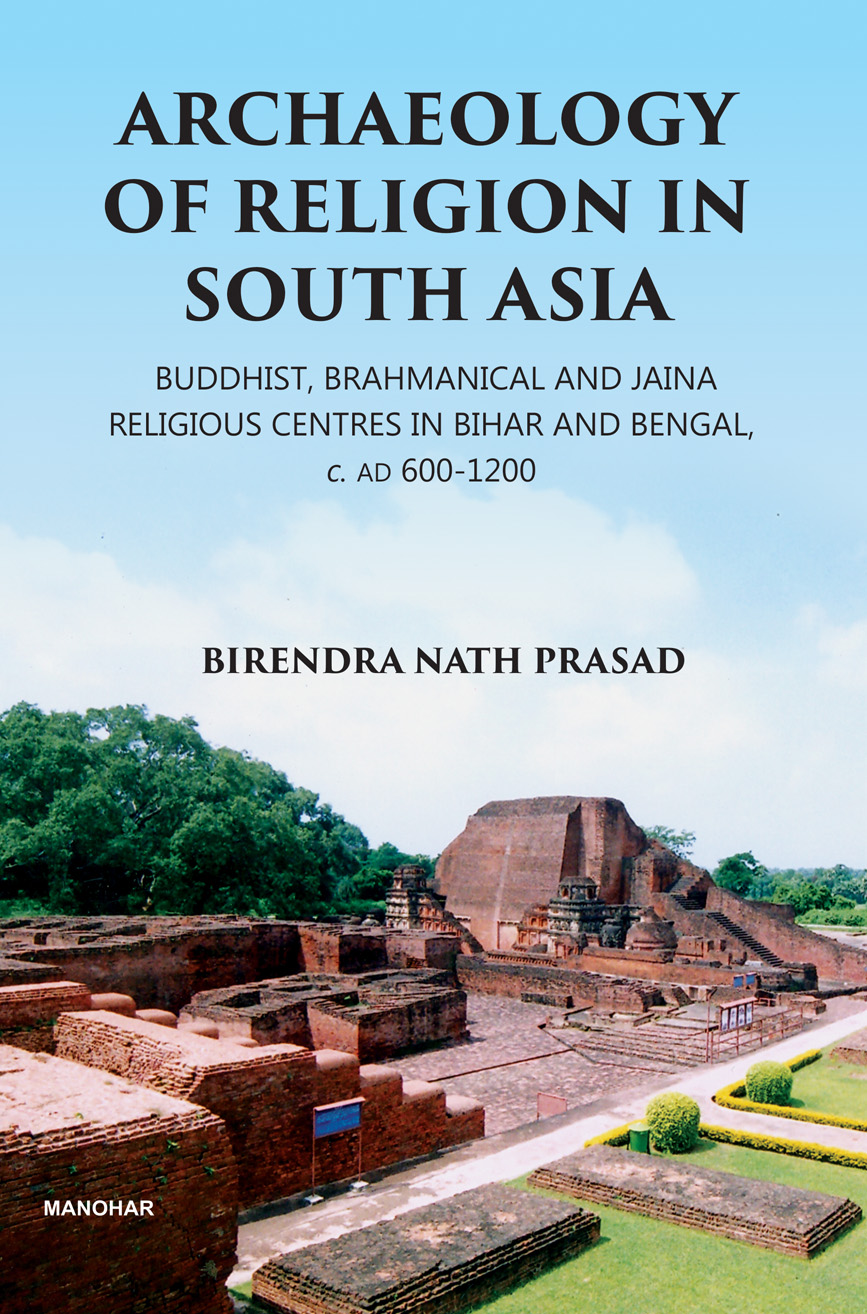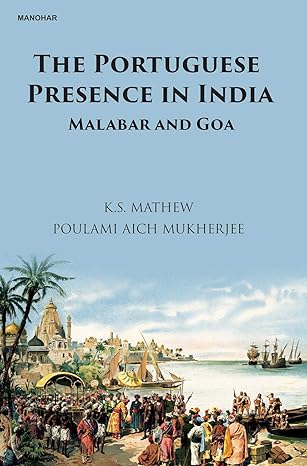History
Featured Products
Diary of a Pedestrian in Cashmere and Thibet
₹1,129.95
M.R.P.:₹ 1,395.00
You Save: ₹265.05 (19.00% OFF)
Early Jesuit Travellers in Central Asia 1603-1721
₹887.50
M.R.P.:₹ 1,250.00
You Save: ₹362.50 (29.00% OFF)
Biographies of Words and the Home of the Aryas
₹766.50
M.R.P.:₹ 1,095.00
You Save: ₹328.50 (30.00% OFF)
An Account of an Embassy to the Court of the Teshoo Lama in Tibet
₹1,300.00
M.R.P.:₹ 1,625.00
You Save: ₹325.00 (20.00% OFF)
The Journal of John Jourdain 1608-1617: Describing His Experiences in Arabia, India, and the Malay Archipelago
₹1,091.35
M.R.P.:₹ 1,495.00
You Save: ₹403.65 (27.00% OFF)
Kalyan'a Shat'anku: Or the Marriage Ceremonies of the Hindus of South India Together with A Description of karumantharum or the Funeral Ceremonies, & CO.
₹426.60
M.R.P.:₹ 540.00
You Save: ₹113.40 (21.00% OFF)
Archaeology of Religion in South Asia: Buddhist, Brahmanical and Jaina Religious Centres in Bihar and Bengal, c. AD 600-1200
₹3,290.00
M.R.P.:₹ 3,500.00
You Save: ₹210.00 (6.00% OFF)
The Portuguese Presence in India: Malabar and Goa
₹1,698.30
M.R.P.:₹ 2,295.00
You Save: ₹596.70 (26.00% OFF)


